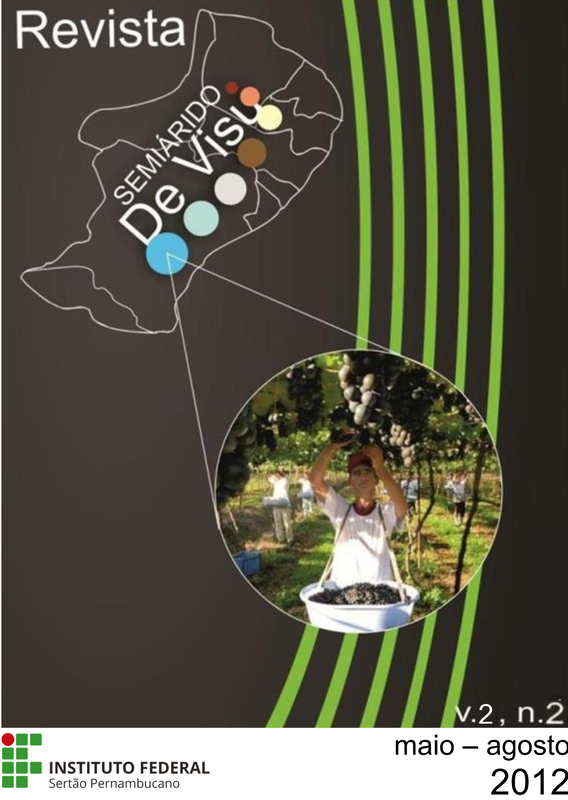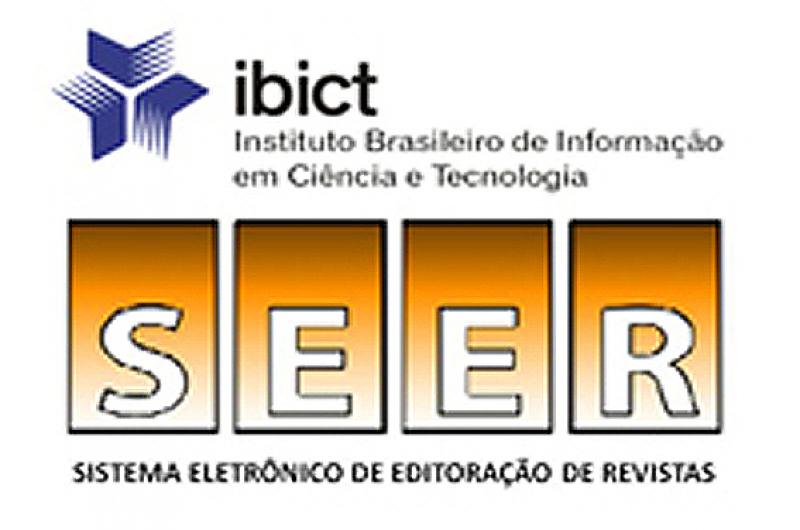Comparative study of the dehydration of fruits and physico-chemical for infusion (tea) by traditional method and lyophilization
Visualizações: 1160DOI:
https://doi.org/10.31416/rsdv.v2i2.183Keywords:
Drying, moisture, sensory analysisAbstract
The fruit produced in Brazil have often been used in studies involving new product development. An
excellent alternative technology for the use of certain fruits is the drying process, which are intended for infusion (tea), since they can be used as raw material in addition to the fresh fruit, the industrial byproducts, that contain high
concentration of nutrients. Many advantages are associated with the drying process, including: the ease of storage of the product, stability of the aromatic constituents at room temperature for long periods of time, protection against enzymatic degradation and oxidation, reduction in weight; energy savings by not require refrigeration and product availability during any time of year (Park, 2001). In the present study we used local fruit subjected to the drying process, with the purpose of use in infusions (teas), evaluating the nutritional value offered by these fruits to the drink and consumer acceptance, and use the fruit: passion fruit, passion fruit-eating fox is the residue of acerola, pineapple, melon, tamarind and mango cv. Tommy atkins. They were analyzed in fruit physicochemical cited regarding the
moisture content and total soluble solids (TSS) and water activity (aw). The dehydrated fruits by conventional drying moisture values average around 9.91 to 12.65%, while for fruit lyophilized, these figures consisted of a wider range,
varying from 8.60 to 27.68%. Besides the difference between the final values of humidity, it is noted that conventional drying has also some advantages over the method by lyophilization, as regards the smell and taste of dried fruit obtained, and the physical integrity compared to the fruit in natura. In general, all samples were considered tea approved, the sensory standpoint since notes obtained above seven for most sensory attributes.
References
BRASIL. Ministério da Saúde. Agência Nacional de Vigilância Sanitária. Resolução – CNNPA n.12, de 24/07/1978 – Dispõe sobre normas técnicas especiais. Disponível em: www.anvisa.gov.br Acesso em 10 de julho de 2008.
CHAVES, M. C. V.; GOUVEIA, J. P. G.; ALMEIDA, F. A. C.; LEITE, J. C. A.; SILVA, F. L. H. Caracterização físico-química do suco da acerola. Revista de Biologia e Ciências da Terra, v. 4, n. 2, 2004.
FIGUEIRA, G. M.; SILVA, F.; MAGALHÃES, P. M.; PARK, K. J. Estudo da umidade de equilibrio de duas espécies de plantas do gênero Phyllanthus após secagem para o armazenamento. Revista Brasileira de Farmacognosia, v. 14, supl. 01, p. 22-24, 2004.
FILHO, S.F.S.O ; COSTA, E.F; XAVIER, L.F ; DIVERSIFICAÇÃO DA PRODUÇÃO E ACESSO A MERCADOS: ESTUDO DE CASO PARA A FRUTICULTURA IRRIGADA DO PÓLO PETROLINA- JUAZEIRO. Disponível em:< http://www.sober.org.br/palestra/9/266.pdf > Acesso em: 19 de março de 2012
IAL. Normas Analíticas do Instituto Adolfo Lutz - Métodos Químicos e Físicos para Análise de Alimentos, 4a Ed. São Paulo, 2005.
NORTHOLD, M. D. et al. Patulin production by some fungal species in relation to water activity and temperature. Journal of Food Protection, Des Moines, v. 41, n.11, p.885- 890, 1978.
PARK,, K.J; YADO,M.K.M; BROD,F.P.R ; Estudo de secagem de pêra bartlett (pyrus sp.) em fatias, Ciência e Tecnologia de Alimentos. vol.21 no.3 Campinas Sept./Dec. 2 001.
POTTER, N. N; HOTCHKISS, J. H. Constituyentes de los alimentos: propiedades y significado. In: ____. Ciência de los Alimentos. 5a. ed. Zaragoza: Acribia, 1999. p. 29-50.
TACO. Tabela Brasileira de Composição de Alimentos. 4 ed. Campinas, 2011. UNICAMP















